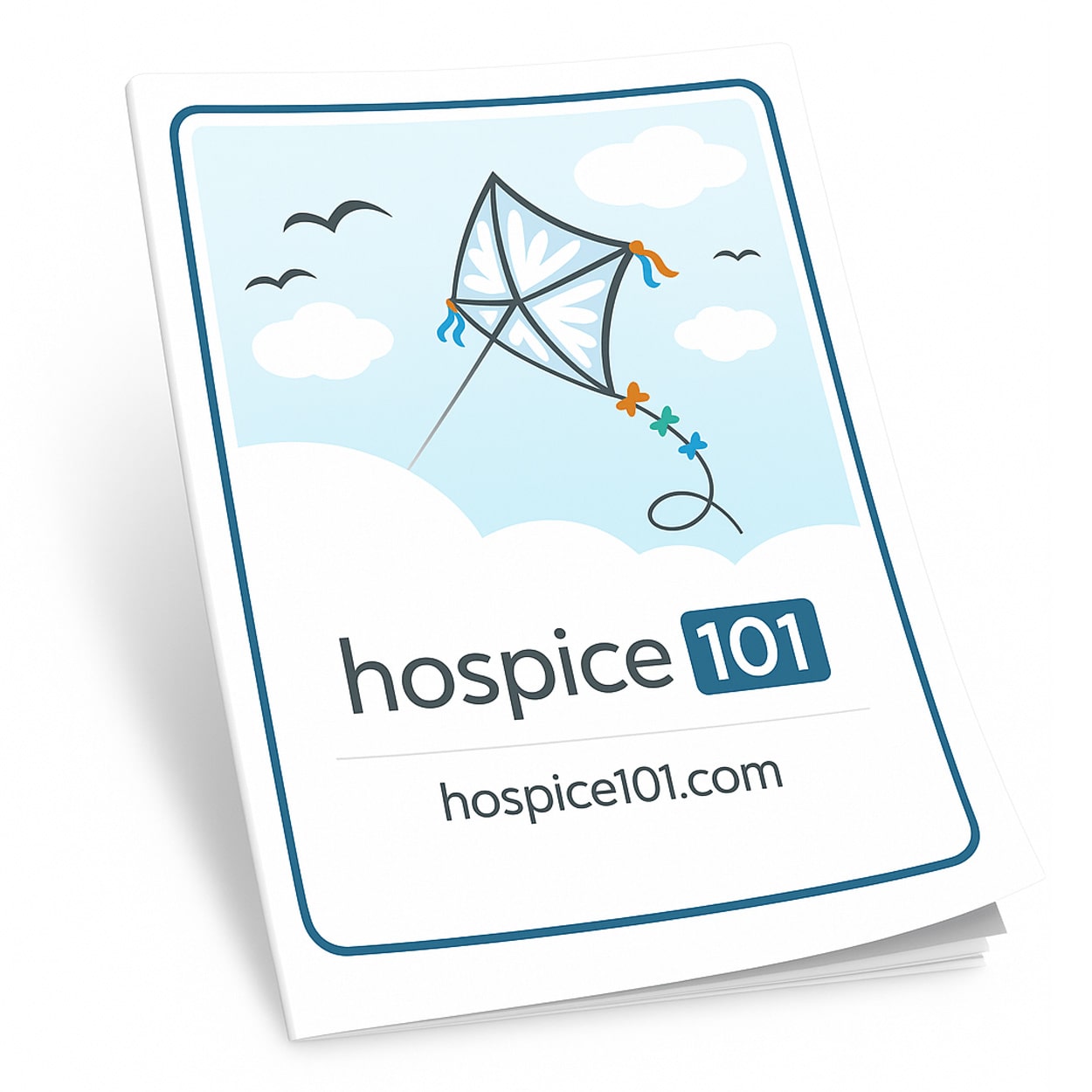Considering Hospice Care
When faced with a life-limiting illness, some people choose not to seek aggressive, curative treatments when, for them, the possible benefits do not outweigh the negative aspects of the treatments. In some cases, the progression of disease limits the options for any type of curative treatment. Hospice care can offer comfort and support when curative treatments are no longer pursued.
What is hospice care?
Hospice care is not a treatment. It’s not a place. It’s a philosophy of care that supports the end-of-life goals of people with a life-limiting illness that no longer responds to curative treatments. Hospice care is provided by a team of medical professionals who specialize in managing symptoms, pain and discomfort. Along with teaching and providing physical care, the hospice team helps the terminally ill person and their family work through the emotional, social and spiritual aspects of the dying process.
Who is eligible for hospice care?
Anyone is eligible for hospice care if their attending physician certifies that they have a life-limiting illness and the progression of it may limit life to six months or less.
Common illnesses of those receiving hospice care include the later stages of Alzheimer’s disease, heart disease, lung disease, liver disease, stroke, cancer, HIV, ALS and others. These illnesses can affect people of all ages. About 20% of people receiving hospice care are under 65 years old.
When should hospice be considered?
Under the close supervision of a physician, a person may consider hospice care when curative treatments are no longer being pursued. It may be that there are no longer curative treatments available for the illness or the person is exhausted
by doctor, hospital and emergency room visits and prefers to focus on quality of life.
Hospice care can help terminally ill people and their caregivers navigate a difficult time and make the most of their final days.
If you are or a loved one is diagnosed with a life-limiting illness, think about the diagnosis:
- What did the doctor say about the prognosis?
- What are your or your loved one’s goals considering the diagnosis?
- Are there aggressive, curative treatments available to pursue?
- Is travel required for those treatments?
- What are the side effects of those treatments?
Who makes the decision to choose hospice care?
The terminally ill person or their appointed health care proxy makes the decision to choose hospice care. If the person is unable to make decisions on their own, an appointed representative can make the decision. Ideally, the person would have appointed a trusted representative through an advance directive or living will to make medical decisions on their behalf in such an instance. Health care wishes should be made known as soon as possible and be discussed with family, medical providers and spiritual advisors.
Where is hospice care provided?
Hospice care traditionally occurs within a home environment where the terminally ill person can be surrounded by family and friends. “Home” can be a private residence, an assisted living center or a nursing home.
When appropriate, some hospice providers offer an inpatient care option within a medical facility, sometimes referred to as a “hospice house.” These facilities are staffed 24/7 and are usually set up to resemble a home setting where family and friends can visit. In some short-term senarios, hospice care can be provided within a hospital facility.
Who is part of the hospice care team?
The hospice care team is made up of medical professionals trained in comfort and end-of-life care. These include doctors, nurses, home health aides, social workers, chaplains and volunteers who all work together to help support and manage the care for the terminally ill person.
The hospice team works with the person and their doctor and caregiver to create a plan of care that outlines actions and goals to meet the person’s needs. Members of the team visit the home setting (the person is not required to travel to a medical office or clinic). In addition to these scheduled visits, the team offers 24-hour nursing support to address questions, provide assistance and manage any crises that arise.
Who pays for hospice care?
In most cases, hospice services are covered at 100% through Medicare, Medicaid, TRICARE or private insurance. In very few situations, when insurance coverage is unavailable or insufficient to cover the cost, private pay and charitable options may supplement the cost. This can be discussed with the hospice care provider.
What medications and supplies are covered?
In addition to the medical care adminstered, medications, equipment and supplies related to the terminal illness are provided at no cost to the person receiving hospice care. This generally includes comfort medications, hospital beds, wheelchairs, walkers, oxygen, wound-care supplies, incontinence supplies, etc.
All covered medications, equipment and supplies are determined during admission to the hospice program and when the hospice plan of care is created. ■
